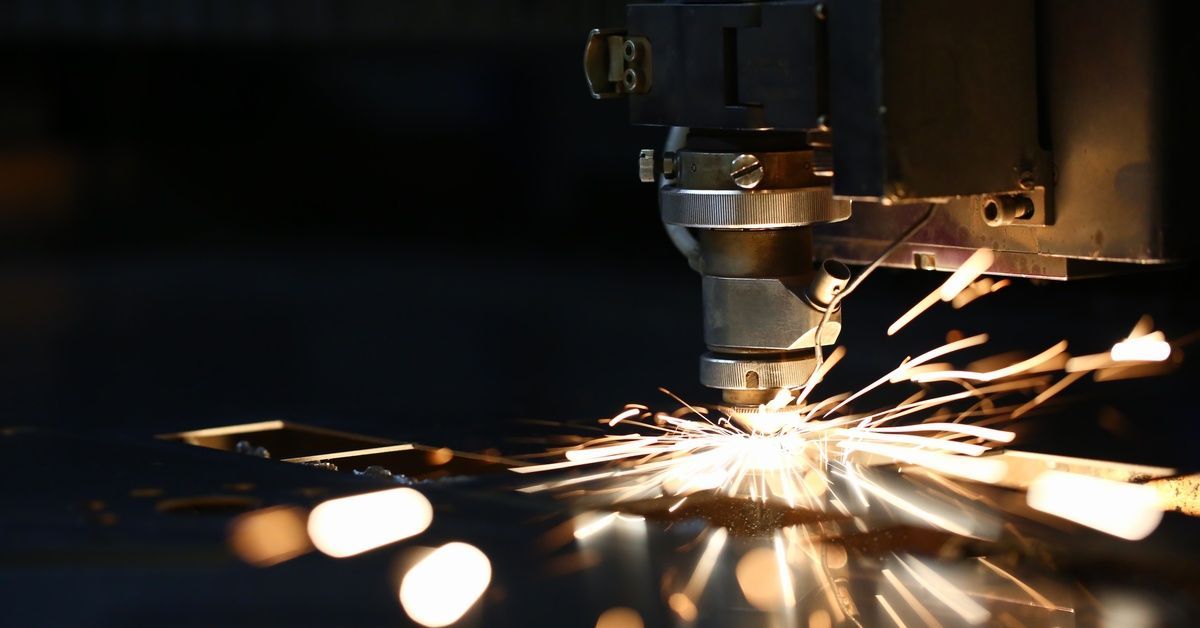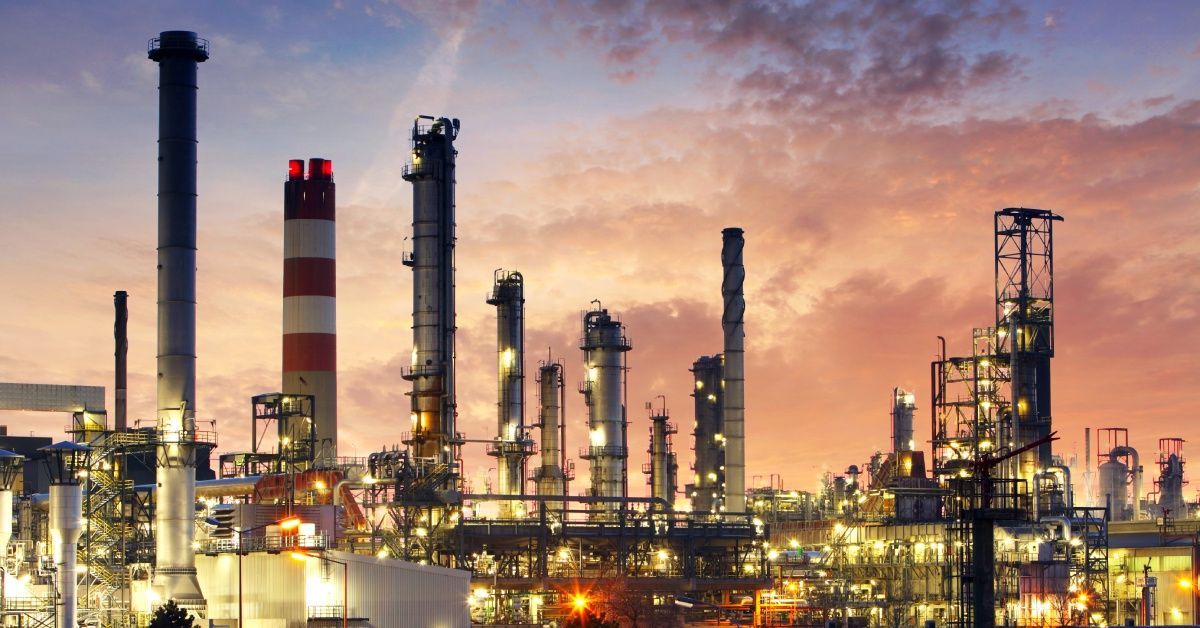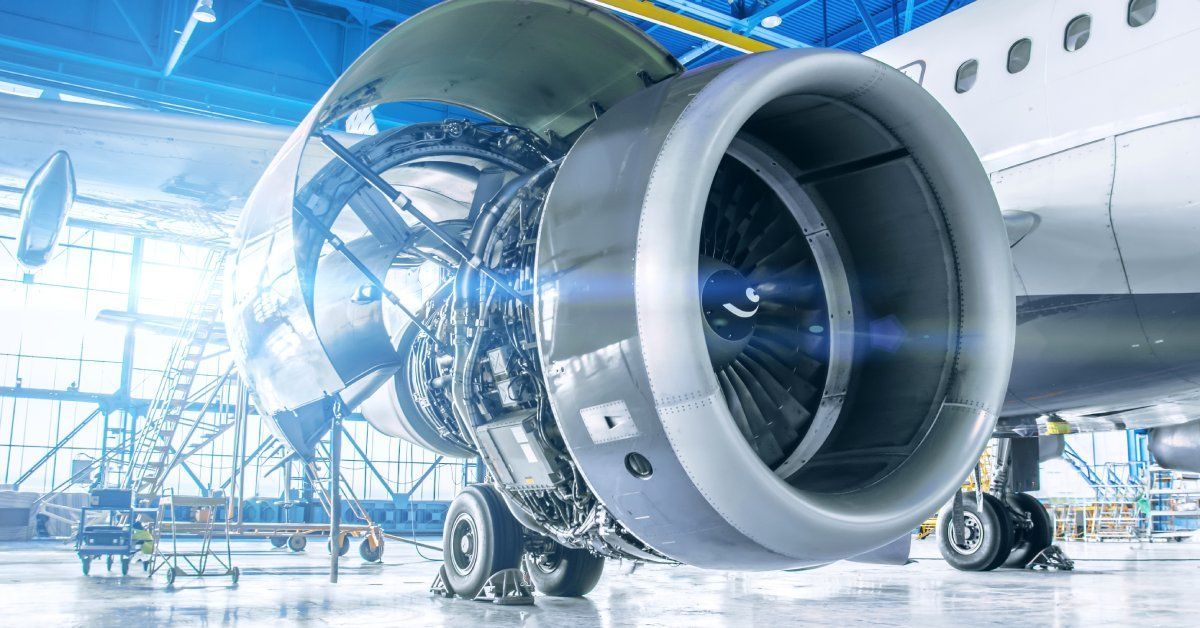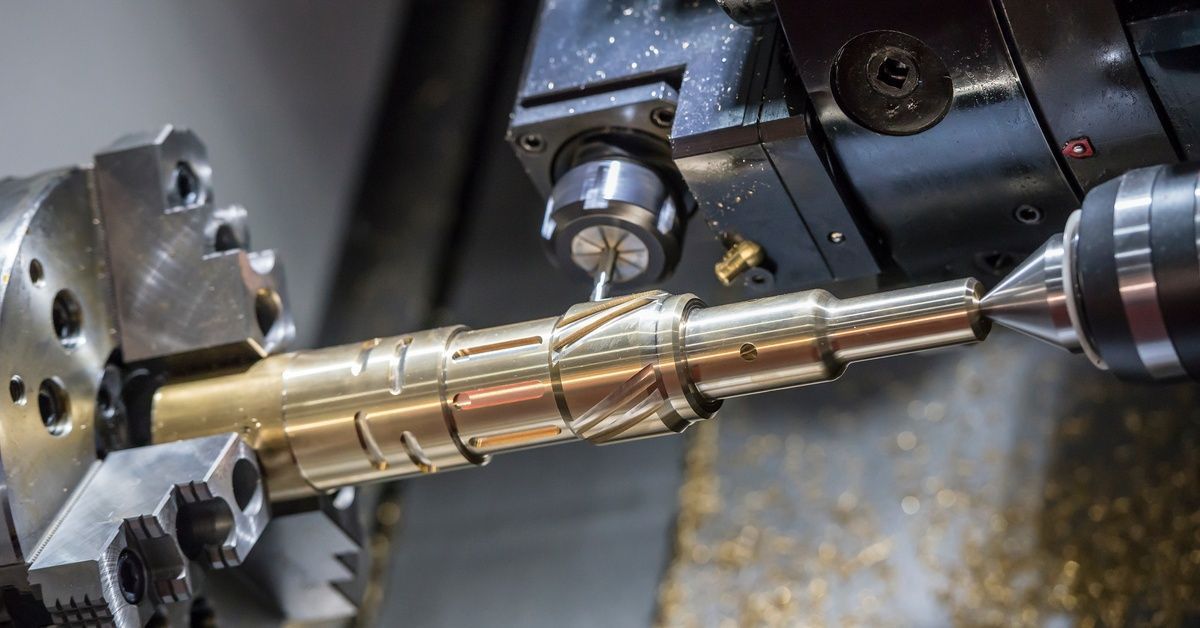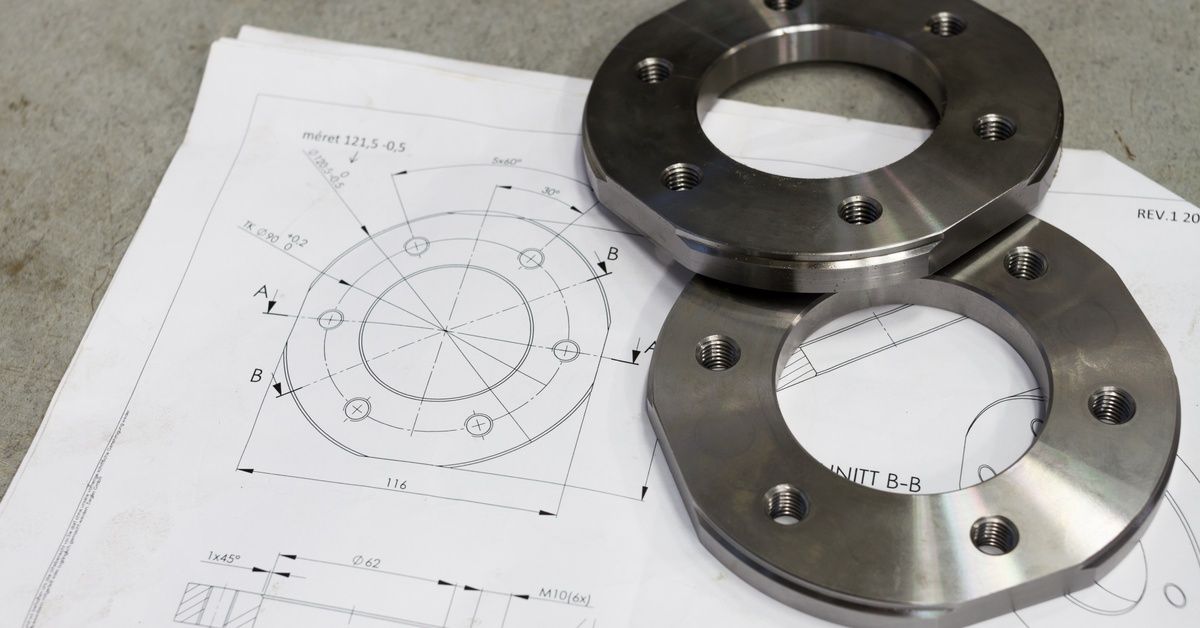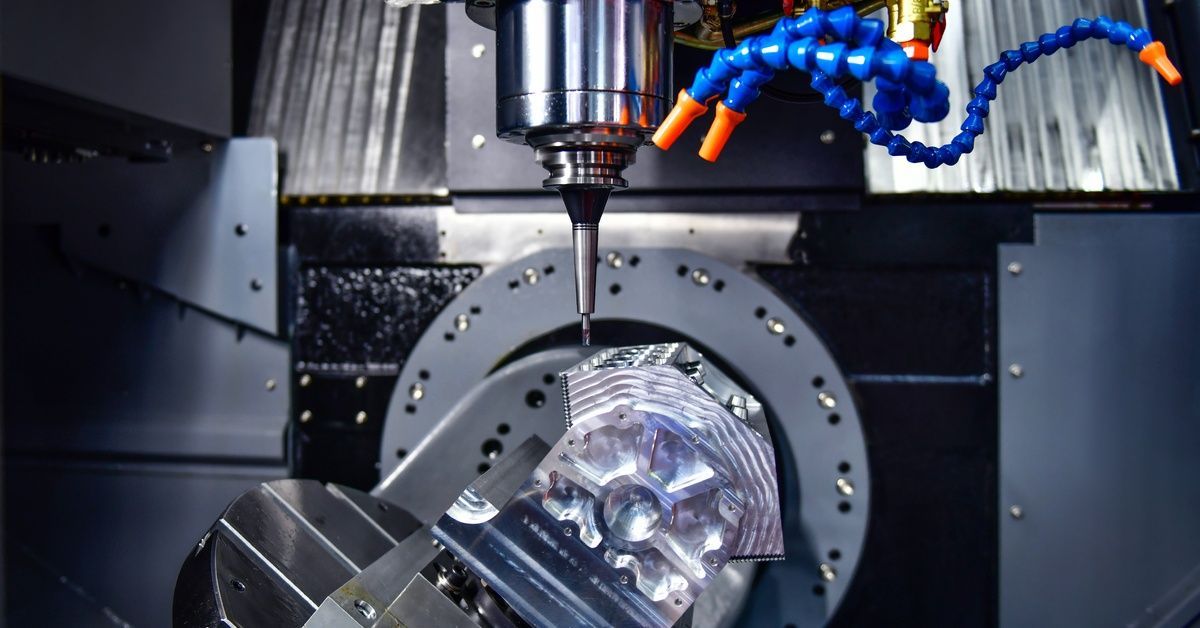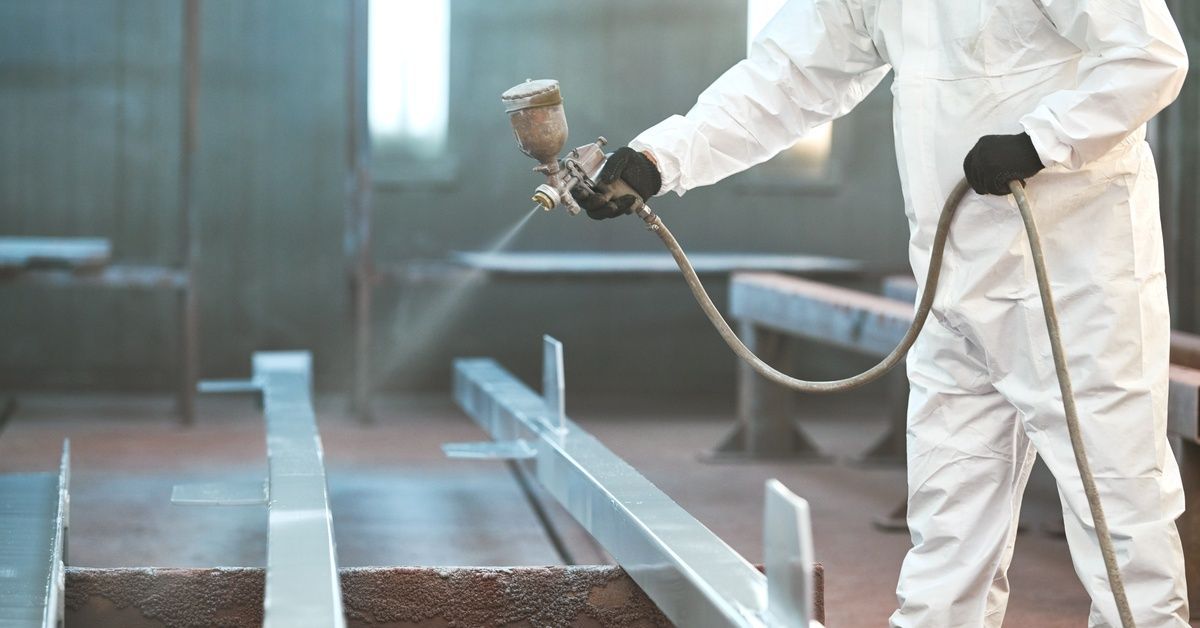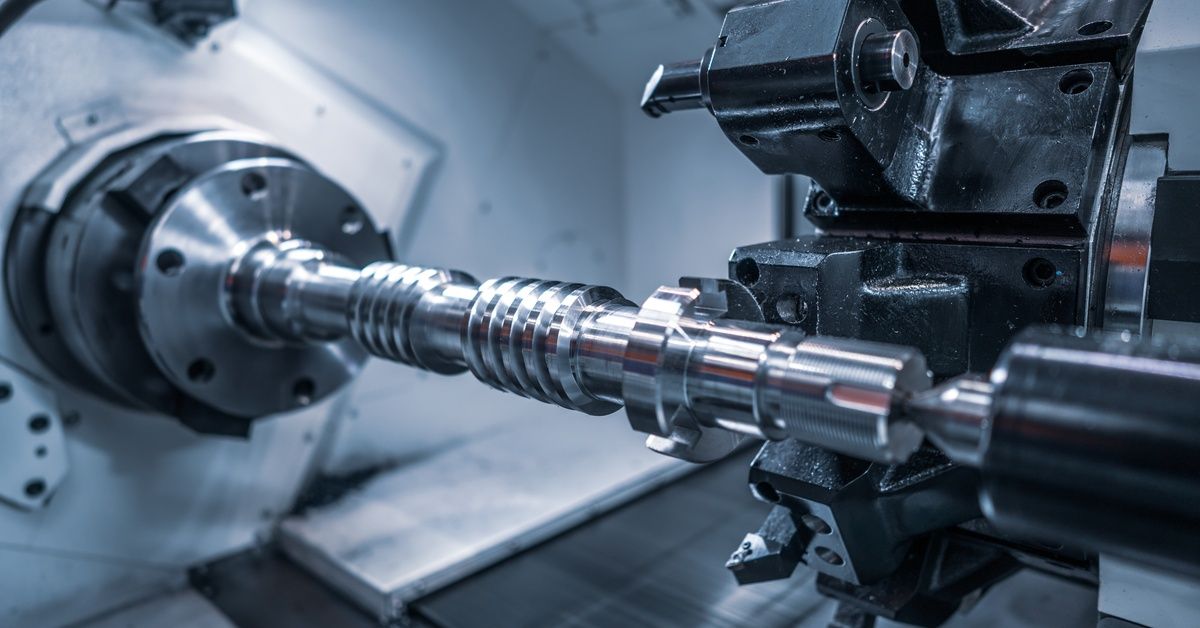4 Uses of Metal Fabrication in the Renewable Energy Industry
The push for renewable energy is growing stronger every day as nations and industries worldwide strive to transition toward cleaner, more sustainable power sources. But behind it all, one key industrial process stands out: metal fabrication. The process of shaping, cutting, and assembling metal into various components enables renewable energy systems and their development.
No matter what your intentions are, understanding the role of metal fabrication offers insights into how these technologies come to life. Below, we’ll explore four uses of metal fabrication in the renewable energy industry and how this industry is using them to create exciting innovations shaping our green future.
The Rise of Renewable Energy
The renewable energy industry has seen unprecedented growth in recent years. Global capacity for wind and solar energy has increased dramatically in the past decade, and countries are rapidly adopting clean power as part of their efforts to combat climate change.
While the focus is often on cutting-edge technologies or new installations, metal fabrication is critical to making these renewable energy systems possible. It’s the backbone of nearly every hardware component, producing structures and parts capable of withstanding the rigors of operation, the elements, and decades of use.
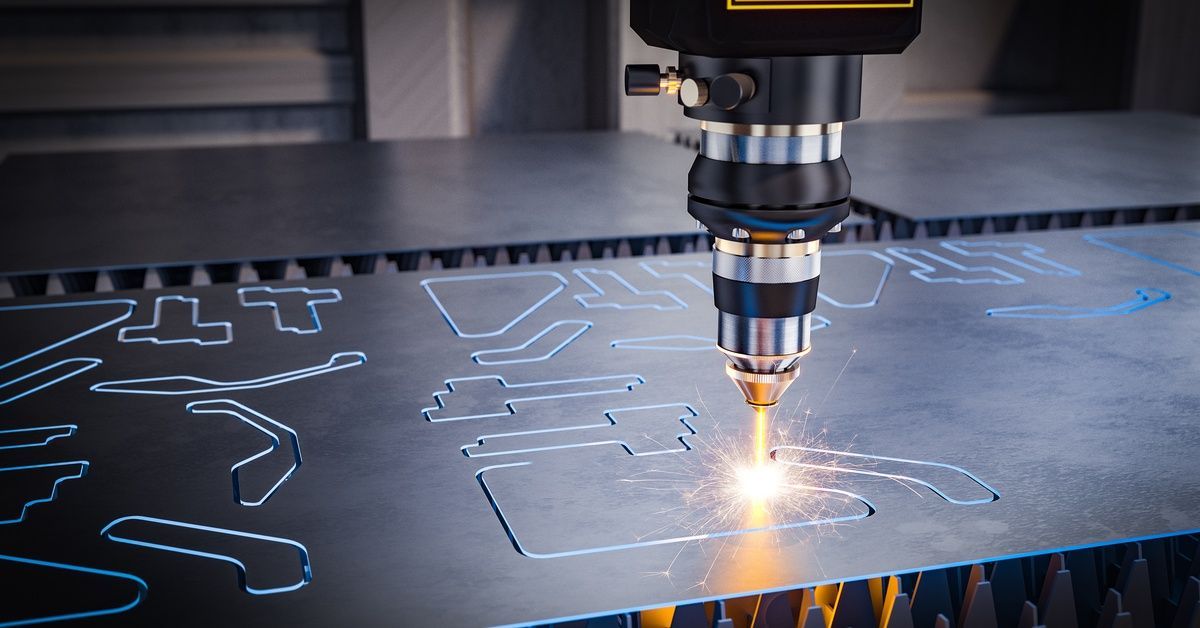
How Metal Fabrication Fuels the Renewable Energy Sector
Fabricated metal supports the renewable energy industry by empowering the development of key technologies, from precision cuts to robust assemblies.
1. Solar Energy
Metal fabrication is essential for harnessing energy from the sun. The renewable energy industry uses custom-fabricated metals to produce the following:
- Durable metal frames secure photovoltaic cells in solar panels and provide the strength needed to resist wind, rain, and extreme temperatures.
- Mounting structures that allow professionals to install solar panels on rooftops, over parking lots, or across vast solar farms, ensuring optimal angle positioning for sunlight absorption.
- Mechanical tracking systems adjust solar panels on solar farms, allowing them to follow the sun’s movement and maximize energy efficiency.
2. Wind Energy
Wind turbines are impressive feats of engineering, largely constructed through metal fabrication techniques.
- Fabricated steel or aluminum forms the tall, cylindrical turbine towers that support their blades high above the ground, capturing the strongest winds.
- Modern turbine blades can consist of composite materials but also include fabricated metal parts crucial for connecting to the hub and ensuring structural integrity.
- Metal fabrication ensures durable housings for gears, motors, and fasteners that can endure high winds and reduce wear over time.
3. Hydroelectric Energy
Hydroelectric systems harness the power of water currents, and metal is indispensable in their design and structure.
- Fabricated metal components make up the robust turbines and generators that convert kinetic energy into electricity.
- Large-scale water gates and dams rely heavily on metal fabrication for gates, pipelines, and protective reinforcements that can handle water pressure over decades of use.
- Fabricated metal ensures all structural framework parts operate efficiently and reliably, from underwater turbines to energy control stations.
4. Geothermal Energy
Geothermal energy systems tap into the earth’s heat as a clean power source. Metal fabrication supports geothermal infrastructure through the following:
- Piping systems that are capable of withstanding extreme heat and pressure deep underground.
- Well Casings that prevent collapse in geothermal wells, ensuring safe and effective energy extraction.
- Heat Exchangers that transfer heat efficiently, maximizing energy conversion.
With so many useful applications, the metal fabrication process has become central to building a sustainable future. However, leveraging the full benefits of metal fabrication isn’t always straightforward.

Advantages of Using Metal Fabrication in Renewable Energy
Why is metal fabrication so crucial in renewable energy? The process offers a range of advantages that elevate the performance, durability, and sustainability of these systems.
Durability and Longevity
Metal fabrication provides robust and long-lasting components that can withstand the rigorous demands of renewable energy systems. This durability and longevity ensures that equipment, such as turbines, solar mounts, and geothermal pipes, remain operational for extended periods, reducing maintenance needs and overall costs.
Precision and Efficiency
The high precision of metal fabrication allows for the creation of intricate components tailored for renewable energy technologies. This precision and efficiency maximizes solar energy collection and optimizes the performance of wind turbines.
Versatility Across Technologies
Metal fabrication can adapt to a range of renewable energy applications, from constructing wind turbine towers to crafting solar panel frames and geothermal infrastructure. Its versatility makes it integral to advancing sustainable energy solutions.
Enhanced Safety Standards
Fabricated metal components meet strict safety and performance standards, ensuring that renewable energy systems operate reliably and minimize risks during operation. These enhanced safety standards contribute to safer energy production methods.
Support for Innovation
Metal fabrication contributes to the advancement of renewable energy technologies by enabling the development of innovative components. This innovation fosters continuous improvement in the efficiency, scalability, and accessibility of clean energy solutions.
The Environmental Benefits of Outsourcing Metal Fabrication
Outsourcing metal fabrication to specialized manufacturers saves on costs and provides measurable environmental benefits in several ways.
Energy-Efficient Production Techniques
Many fabrication firms use advanced technologies, such as laser cutting and recycling, to minimize waste and energy consumption during production.
Reduced Carbon Footprint
Outsourcing allows companies to rely on streamlined processes from expert suppliers instead of building in-house capabilities that may require significant energy and material resources.
Recycled and Sustainable Materials
Ethical fabricators often source recycled metals, an approach that aligns with renewable energy’s goal of reducing environmental impact.
Renewable energy companies can amplify their positive environmental influence by tapping into the ecosystem of skilled fabrication firms.
Emerging Trends in Metal Fabrication and Renewable Energy
What does the future hold for metal fabrication in renewable energy? Future innovations promise greater performance and sustainability can include the following:
- Additive manufacturing (3D printing) enables fabricators to produce highly complex designs with less material waste, making renewable components more efficient and cost-effective.
- Lightweight and advanced alloys that optimize energy systems for improved efficiency.
- Robots and AI systems that perform highly detailed fabrication tasks increasing precision and production speed.
- Circular fabrication models that repurpose end-of-life components into new renewable infrastructure.
These trends reaffirm that the marriage of metal fabrication and renewable energy remains a driving force of innovation as we work toward a greener future.
A Strong Foundation for a Sustainable Tomorrow
Renewable energy systems might appear sleek and modern on the outside, but it’s the robust and precisely fabricated metal components within that keep them operating at full capacity. These four uses of metal fabrication in the renewable energy industry make manufacturing more efficient, reliable, and scalable, from towering wind turbines to underground geothermal systems. Today’s innovations promise even greater breakthroughs, securing renewable energy as our primary source of power for generations to come.
Now is the time to prioritize high-quality, sustainable metal fabrication if your manufacturing business needs a green overhaul. Consider partnering with H&H Machine Service. Our custom fabrication shop will help you reduce energy use and reduce the time required for completion. Partner with us to ensure your project stands on a solid foundation.



